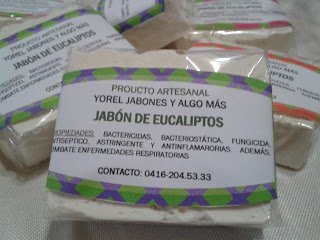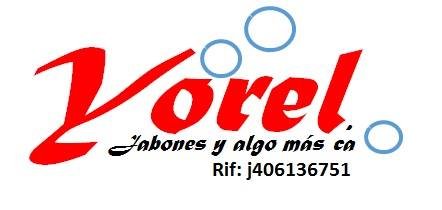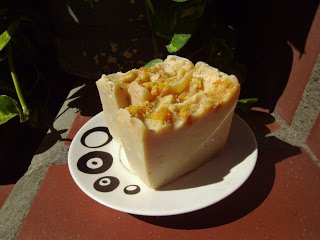It is manufactured by treating a vegetable oil or an animal fat with a soda solution called sodium hydroxide, forming glycerin and the sodium salt of the fatty acid, which is what we commonly know as soap. This process is called saponification (www.sapi.gob.ve).
For soap making, you must have quality raw material and appropriate work tools. Between the tools of work, it must have a pot of stainless steel, containers, pallets or mixers resistant to high grades, never aluminum, weight, preferably digital thermometer, hand blender.
In addition, have natural additives, cosmetic grade fragrances, color of cosmetic grade or failing that can be edible as onoto, turmeric or some vegetables such as carrots, beets, among others.
On the other hand, safety is vital, you must have a mask to work with gases or chemicals, gloves preferably nitrile, long sleeve shirt, long pants, closed shoes, hat to cover the hair, safety glasses. Also, have at your disposal vinegar, to counteract or neutralize if a drop of bleach falls on the skin, since it is very alkaline.

You can make soaps for various skin types, treatment, therapeutic, for them the additives, the fat used and the degree of concentration in the formulation have a great relevance, the most commonly used hard fats are: coconut, palm, animal tallow and the soft fats we can mention olive, almonds.
For the soaps of treatments according to the affections we have the sulfur, clay, sea salt or others.
When saponified soap is made, they can be cold process or hot process. The first one, after its elaboration, should be used a month and a half after its elaboration for its curing and the second, it can be used 24 hours after its elaboration.
The main use of soap is to clean the skin and secondly to moisturize it, so you have to take into account the type of soap and the benefits it provides.

